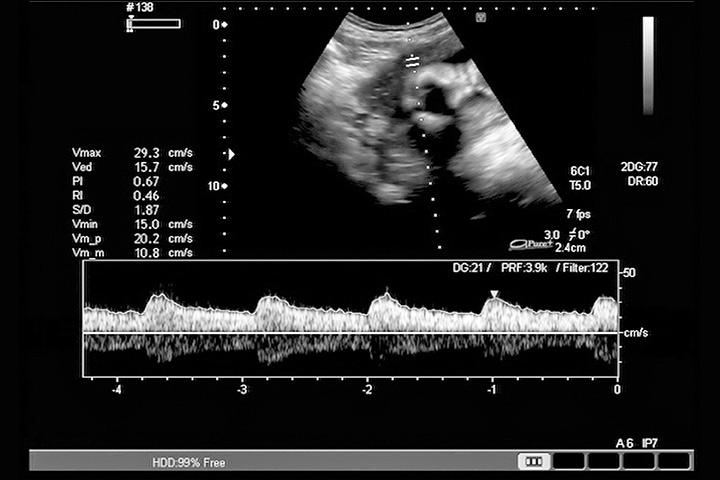
In the meantime, I wanted to share an overview of these findings so you can know what to expect at your follow-up visit. Heart rate, temperature, blood pressure and breathing rate in infants, toddlers and children a pediatrician explains what to know and what to watch for. So, what do these markers mean for your pregnancy? There is no general answer – each patient should discuss her results with her doctor. Still, 20% of pregnancies with both abnormal findings resulted in successful live births. A 2018 study found that in pregnancies with a combination of a low fetal heart rate and a small crown-to-rump length, the risk of miscarriage increases from 5% to 21%. The embryonic heart-rate peaks at 8 weeks gestation between 144 and 159 BPM, and after 9. However, certain abnormal readings are concerning, especially when seen together. 6 weeks, the heart rate averages between 100 and 115 beats per minute. For example, a smaller than expected crown-to-rump (head to bottom) number may mean your pregnancy is not as far along as you thought. Not every abnormal measurement means something is wrong. However, if nothing unusual is detected with all four of these markers, patients likely are not at increased risk. The average pregnancy has an approximate 5% risk of miscarriage. Patients often ask, "If everything looks OK at my first-trimester ultrasound, am I out of the woods for miscarriage risk?" Unfortunately, that is never truly the case until delivery. We also look at other features that may influence the outcome of the pregnancy, such as the presence of subchorionic hemorrhage or bleeding between the sac and the uterus.

During this exam, we measure three items that tell us whether a fetus is developing as expected:


This is especially true after the first trimester ultrasound. Words such as "abnormal" or "hemorrhage" can trigger concerns about increased risks of miscarriage. In the world of electronic medical records, patients sometimes get access to their pregnancy imaging results before they have a chance to visit with their doctor about the findings.


 0 kommentar(er)
0 kommentar(er)
